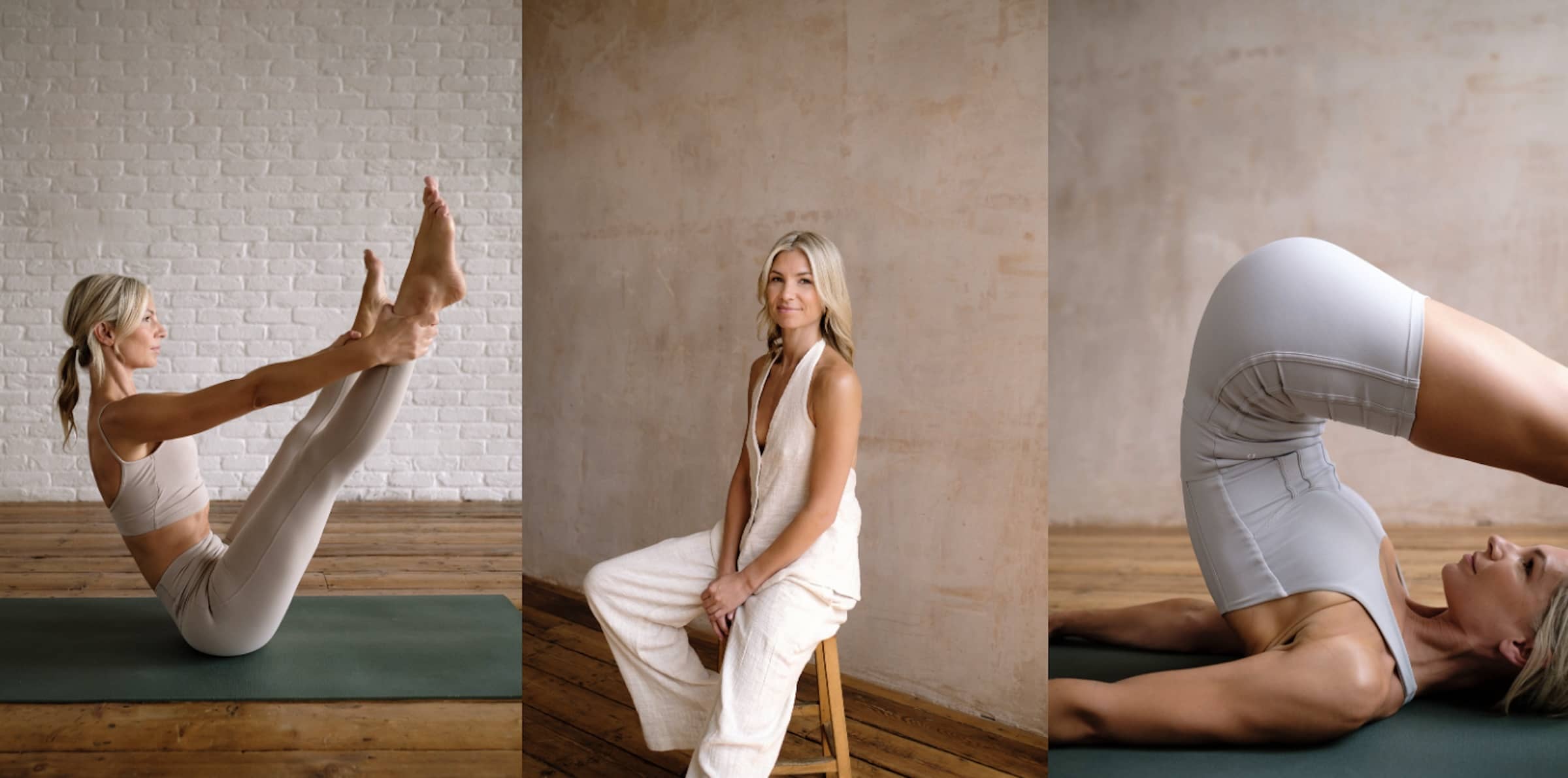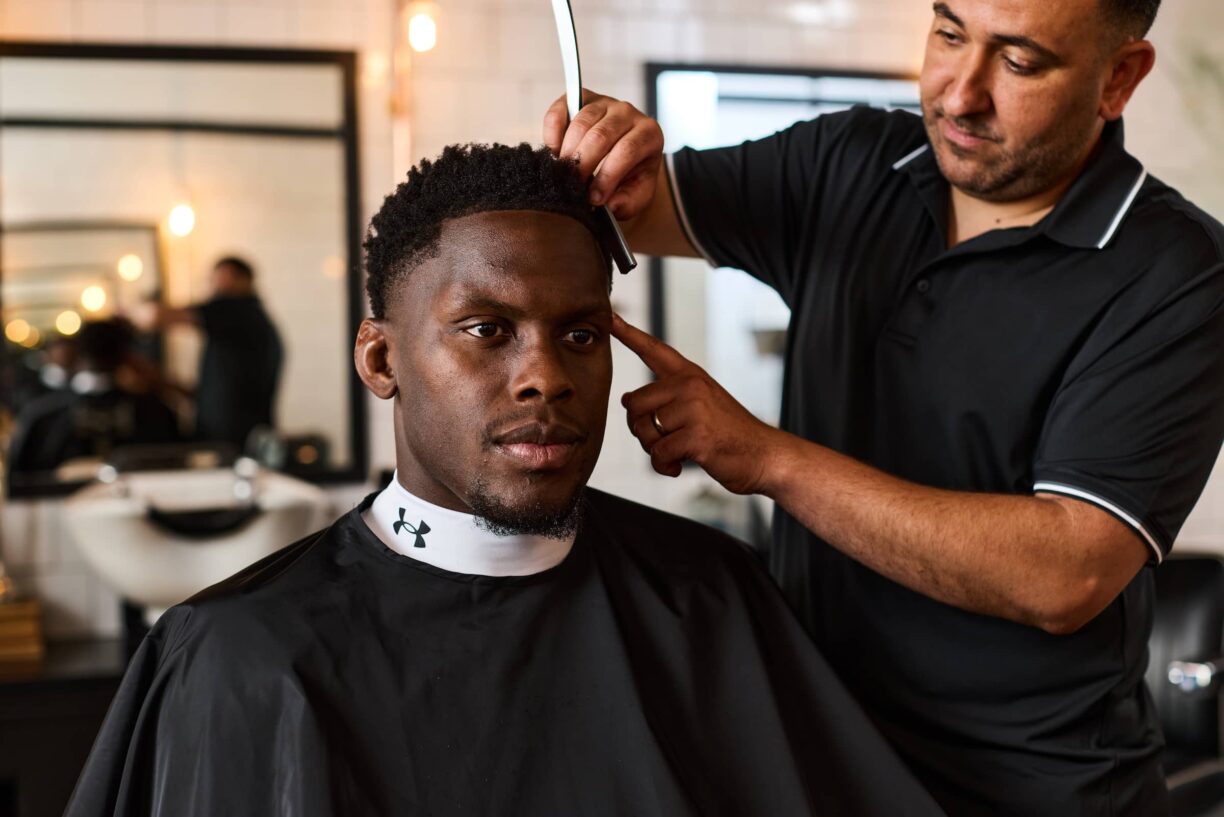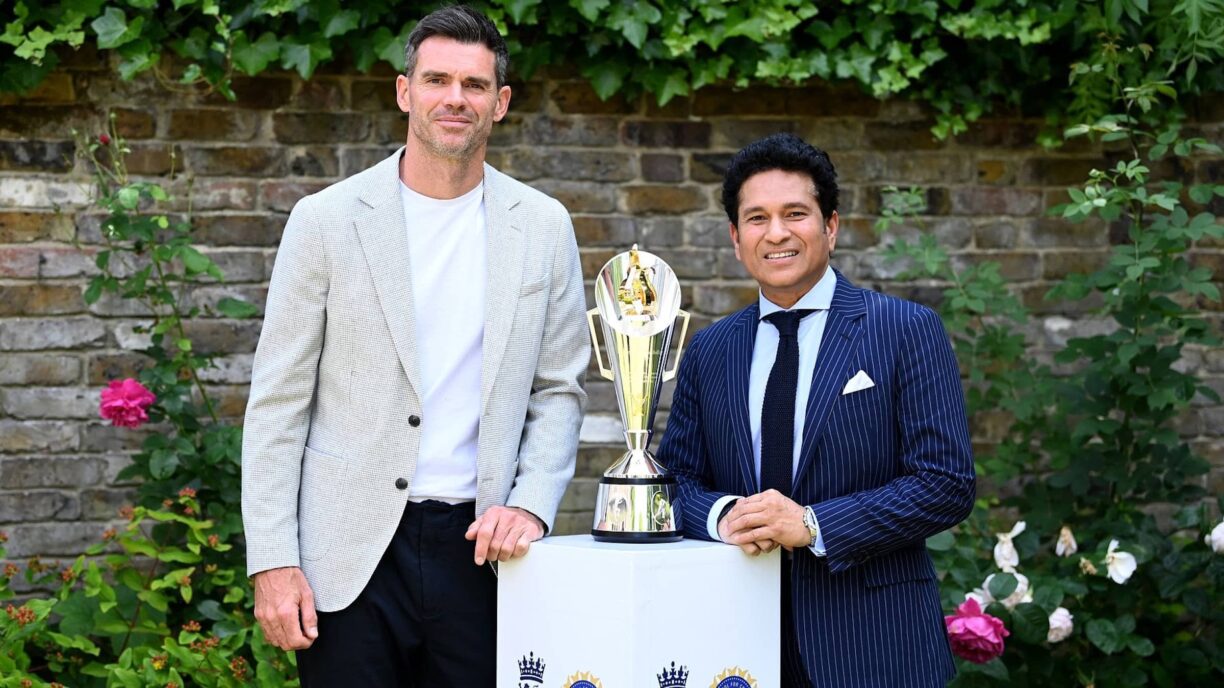Pilates, often misunderstood and misrepresented, holds a treasure trove of benefits accessible to all, regardless of age, gender, or flexibility.
Here Gemma Folkard, Founder of Shape Pilates, debunks five prevalent myths surrounding this transformative practice for us.
1. Pilates is Only for Flexible People
Contrary to popular belief, Pilates isn’t reserved for the naturally flexible. Instead, it serves as a gateway to reclaiming mobility and strength.
Each Pilates move seamlessly blends stretching with strengthening, eliminating the need for separate warm-ups or cool-downs.
Through regular practice, individuals cultivate a balance of strength, mobility, and flexibility.
2. Pilates is Exclusively for Women
Dispelling gender stereotypes, Pilates caters to everybody, regardless of gender. Originating from the innovative mind of Joseph Pilates, a boxer and bodybuilder, the practice transcends gender biases.
From male boxers enhancing their explosive movements to professional sports teams incorporating Pilates into their training regimen, its benefits extend across genders.
3. Pilates Requires Expensive Equipment
While social media often showcases Pilates equipment like the Reformer or Cadillac, mat Pilates offers a cost-effective alternative.
Joseph Pilates designed matwork to seamlessly integrate into daily routines, making it accessible to all.
Unlike equipment-based classes, mat Pilates demands heightened body control, offering a challenging yet effective workout without the need for costly apparatus.
4. Pilates is Just Stretching
Although Pilates incorporates stretching, its dynamic approach goes beyond traditional static stretches.
The practice emphasizes two-way stretches, demanding significant strength and stability from the body’s core.
This blend of strength and flexibility training distinguishes Pilates, making it a comprehensive workout that challenges even the fittest individuals.
5. Pilates is Only for Young People
Pilates transcends age barriers, accommodating individuals at every stage of life. Rooted in rehabilitation and guided by principles of breath, control, and concentration, Pilates adapts to meet the needs of diverse demographics.
From childhood to senior years, its transformative power supports individuals through various life stages, including pre and postnatal periods and menopause.
In conclusion, Pilates emerges as a holistic practice accessible to all, debunking prevalent myths and misconceptions.
Regardless of age, gender, or fitness level, Pilates offers a pathway to enhanced strength, flexibility, and overall well-being.





